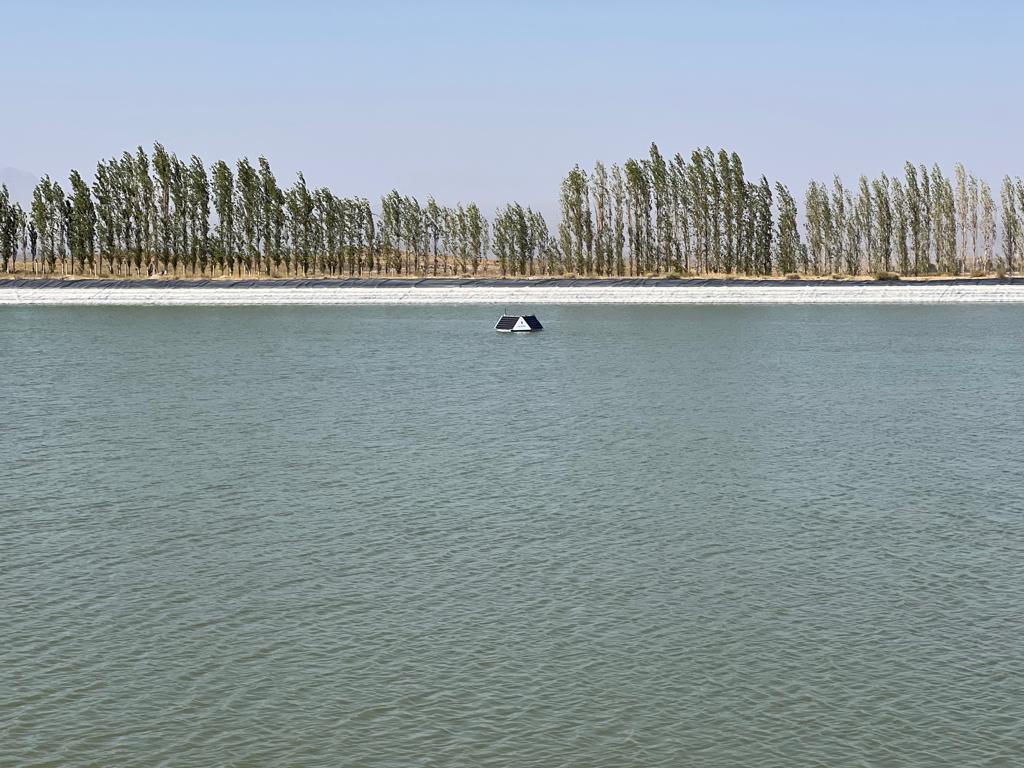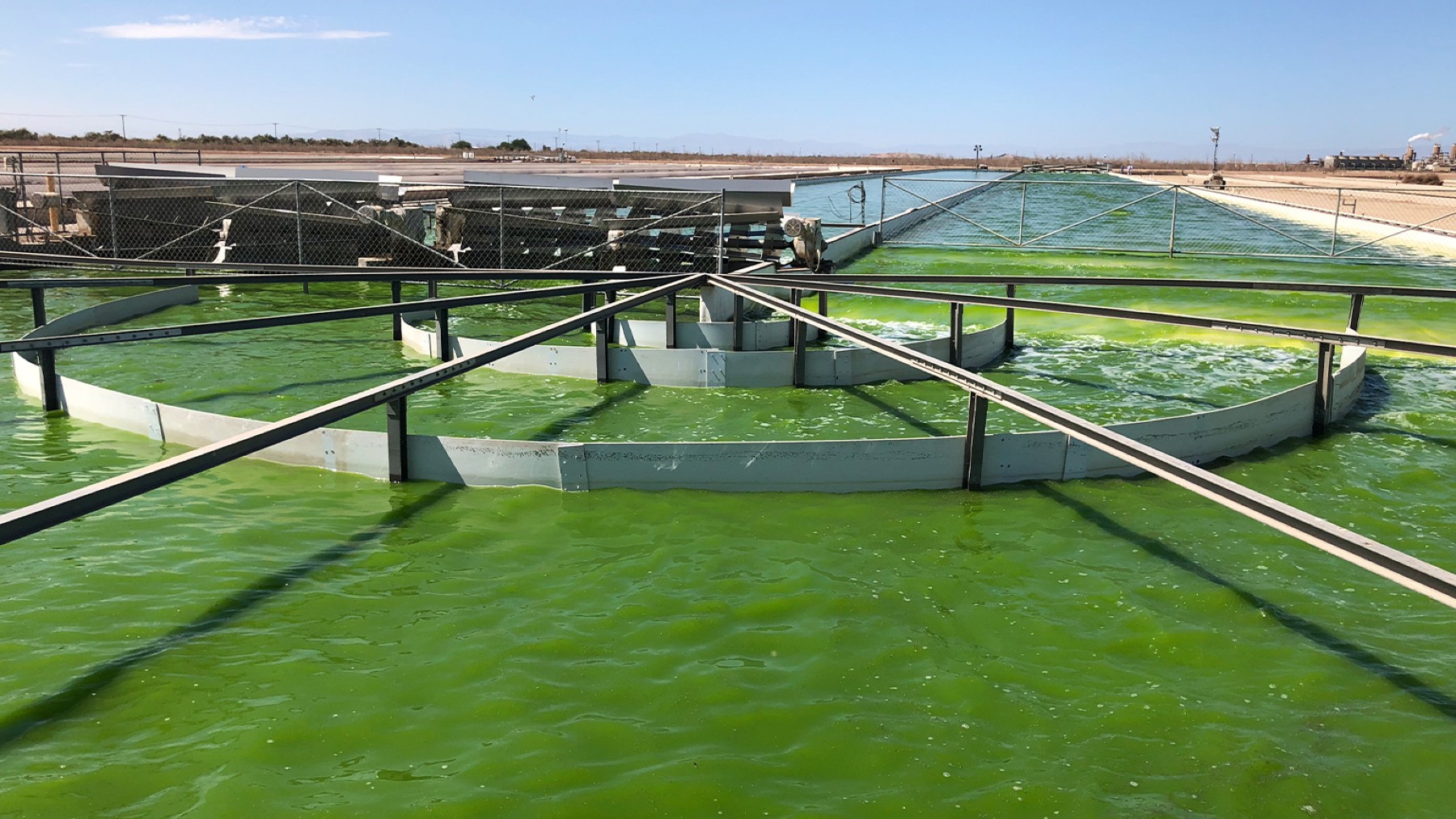Algae & Operational Challenges
Algae, microscopic organisms found in surface waters, can create significant operational challenges for power plants that depend on lakes, reservoirs, or cooling ponds for their water supply. How algae impact power plant operations is a broad subject and understand this is very crucial. Blue green algae are a common culprit in harmful algal blooms and can significantly affect water quality. While algae are natural components of aquatic ecosystems, excessive growth—commonly known as harmful algal blooms (HABs)—can quickly disrupt infrastructure.
When water is drawn into power plant cooling systems, algae can accumulate on intake screens, clog filters, and reduce heat exchange efficiency. This biofouling forces plants to scale back output or halt operations altogether for cleaning and maintenance. In extreme cases, algal blooms can produce toxins that damage equipment and pose health risks to employees. Blue green algae can produce harmful toxins that contribute to pollution and pose additional risks to both equipment and personnel. With power plants operating under tight efficiency margins, even short periods of downtime caused by algae can lead to lost energy production, costly repairs, and regulatory compliance challenges.
These disruptions highlight the importance of proactive algae management strategies for safeguarding both infrastructure and energy reliability. Effective water treatment is essential for managing environmental impacts, protecting water resources, and ensuring sustainable power plant operations.
Factors That Drive Algal Growth Near Power Plants
The growth of algae, particularly microalgae, in reservoirs, lakes, or rivers used by power plants is influenced by several environmental and operational factors:
- Nutrient Availability – Discharges containing nitrogen and phosphorus from surrounding land or industrial activities fuel rapid algal growth. Carbon dioxide is also a key input that fuels algal growth.
- Water Temperature – Warm cooling ponds and reservoirs provide ideal conditions for many algal species to multiply.
- Sunlight Penetration – Shallow or stagnant water bodies often receive abundant light, accelerating photosynthesis.
- Flow and Circulation – Low water movement near intake points allows algae to accumulate and colonize surfaces.

Together, these conditions create hotspots of algal proliferation that directly threaten infrastructure integrity and operational stability. Understanding these processes is essential for predicting and managing algal proliferation.
Why Algal Downtime Matters for Power Plants
Uncontrolled algal growth has direct and indirect consequences for energy producers:
- Operational Downtime – Clogged cooling systems reduce efficiency or force complete shutdowns, leading to energy supply interruptions. Hydropower plants are also vulnerable, as algal growth can obstruct water flow and cause significant downtime.
- Increased Maintenance Costs – Frequent cleaning of intake structures, pipelines, and heat exchangers consumes labor and resources.
- Corrosion and Damage – Organic matter buildup accelerates material degradation, shortening equipment lifespan.
- Regulatory Risks – Algal toxins or visible bloom discharges may trigger compliance violations and reputational harm.
Algae can produce various by-products, including toxins and oil, which complicate maintenance and cleanup efforts. The financial cost of downtime, combined with potential environmental liabilities, makes algae a critical issue for the energy sector.
Measuring Algal Risks in Cooling Systems
Monitoring water quality is essential for early detection of algae-related risks. Power plants often rely on real-time monitoring tools to track:
- Chlorophyll-a and Phycocyanin – Key pigments that indicate algal biomass.
- Temperature and pH – Conditions that influence algal growth dynamics.
- Dissolved Oxygen – High daytime oxygen and low nighttime oxygen are signs of bloom activity.
For example, a Midwest power plant successfully installed 5 MPC-Buoy systems in the spring of 2019, reducing TSS levels to less than 3ppm.
By continuously measuring these parameters, operators can predict algal surges and act before infrastructure performance is compromised.
The Double-Edged Nature of Algae in Power Plants
Algae are not inherently harmful. At controlled levels, they play a crucial role in enhancing water quality and supporting the environment by contributing to natural water quality balance and oxygen production. However, excessive algae impact power plant operations such as:
- Clog intake structures and filters
- Impair heat transfer efficiency
- Accelerate corrosion through decomposition
- Produce odors, toxins, and organic by-products
For power plants, the challenge lies in maintaining water systems where algae exist at natural, stable levels without threatening infrastructure, while also enhancing ecological balance. Effective algae management can also contribute to the integration of renewable energy sources in power plant operations.
Biofuel Production and Applications in Power Generation
Biofuel production from algae represents a cutting-edge approach to meeting the world’s growing energy needs while reducing reliance on fossil fuels. Algal biomass can be processed into a range of biofuels, including biodiesel, bioethanol, and biogas, all of which can be used to power plants and support energy generation across various facilities. The process typically involves cultivating algae, harvesting the biomass, and then extracting and refining the oils or carbohydrates into usable fuels.
While the production and processing of algal biofuels can be challenging—requiring advanced technology and significant investment—recent innovations have greatly improved efficiency and reduced costs. These advances make algal biofuels increasingly competitive with conventional fuels, offering power plants a viable path to lower carbon emissions and enhanced energy security. By integrating algal biofuel production into their operations, power plants can diversify their energy sources, reduce their environmental footprint, and contribute to a more sustainable power generation landscape.
Cost Savings of Algae Management
Implementing effective algae management strategies can deliver substantial economic benefits for power plants and energy generation facilities. Unchecked algae growth can lead to decreased efficiency, higher maintenance costs, and compromised water quality, all of which impact the bottom line. By adopting advanced algae control technologies—such as ultrasonic systems or beneficial bacteria—power plants can minimize these negative effects, improving overall performance and operational efficiency.
Moreover, harvested algae can be converted into valuable products like biofuels and animal feed. This creates new revenue streams and offsetting operational costs. The economic impact of proactive algae management is significant, with some facilities reporting millions of dollars in annual savings through reduced maintenance, improved efficiency, and the sale of algal byproducts. Investing in algae management not only protects infrastructure but also enhances the financial sustainability of energy generation operations.
Regulatory Framework and Policy Considerations
The regulatory landscape for algae management and biofuel production is rapidly evolving as governments and agencies recognize the potential of algae to support renewable energy goals and reduce carbon emissions. Policies such as tax credits, grants, and low-interest loans are increasingly available to encourage research, development, and deployment of algal biofuels and related technologies. These incentives aim to make algae-based energy production more efficient and economically viable.
However, challenges remain, including the need for standardized regulations, greater public awareness, and continued research to improve the efficiency and scalability of algal biofuel production. As the industry grows, ongoing collaboration between policymakers, researchers, and industry stakeholders will be essential to address these challenges and unlock the full potential of algae as a sustainable energy resource.

Harnessing Technology to Prevent Algal Downtime
Chemical algaecides have historically been used to control blooms but raise concerns about environmental safety, corrosion, and regulatory compliance. Advanced alternatives, such as LG Sonic’s ultrasound technology, provide a sustainable solution:
- Reduces algal blooms by up to 95%
- Prevents biofouling in cooling systems
- Maintains water clarity and oxygen balance
- Operates without chemical discharge, preserving aquatic ecosystems
Some facilities are now integrating solar power and harvesting solar energy through floating photovoltaic panels to further reduce environmental impact.
By disrupting algae at the cellular level, our technology prevents algae impact on power plant operations, which prevents bloom formation before it affects plant operations. This proactive, chemical-free approach protects infrastructure while supporting sustainable energy production.
In addition, researchers continue to develop biological solar cells that use algae to generate electrical energy and electricity, representing an innovative approach to sustainable power generation. These technologies are being scaled up to industrial scale, offering new opportunities for large-scale algae management and renewable energy integration.
Looking Forward: Safeguarding Energy Reliability
As global energy demand rises, power plants cannot afford downtime caused by algal growth. Regular monitoring of nutrient levels is essential to control algae and ensure a safe aquatic environment It’s critical for ensuring uninterrupted operations, protecting infrastructure, and reducing long-term costs.
By combining real-time monitoring with innovative treatment technologies, power plants can maintain efficiency, minimize environmental impact, and strengthen resilience against algae-induced disruptions.
In conclusion, effective algae management is essential to safeguard the future of power plant operations, ensure reliable energy production, and protect valuable infrastructure.
Are algal blooms threatening your power plants? Book a consultation with us.
